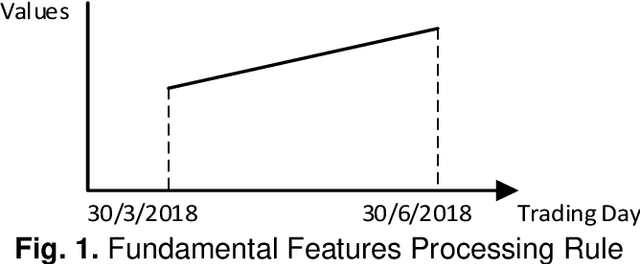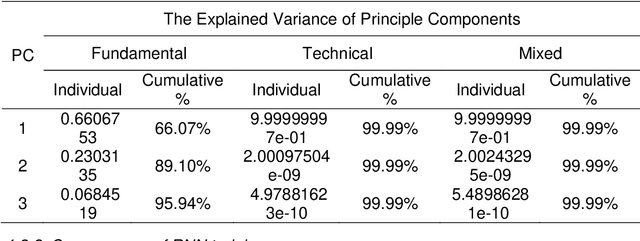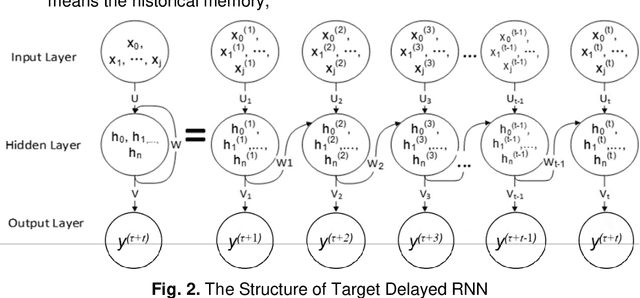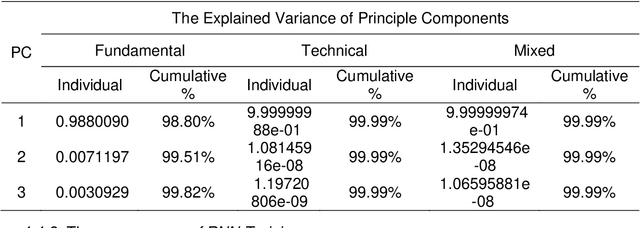Hongmei He
The Challenges and Opportunities of Human-Centered AI for Trustworthy Robots and Autonomous Systems
May 07, 2021



Abstract:The trustworthiness of Robots and Autonomous Systems (RAS) has gained a prominent position on many research agendas towards fully autonomous systems. This research systematically explores, for the first time, the key facets of human-centered AI (HAI) for trustworthy RAS. In this article, five key properties of a trustworthy RAS initially have been identified. RAS must be (i) safe in any uncertain and dynamic surrounding environments; (ii) secure, thus protecting itself from any cyber-threats; (iii) healthy with fault tolerance; (iv) trusted and easy to use to allow effective human-machine interaction (HMI), and (v) compliant with the law and ethical expectations. Then, the challenges in implementing trustworthy autonomous system are analytically reviewed, in respects of the five key properties, and the roles of AI technologies have been explored to ensure the trustiness of RAS with respects to safety, security, health and HMI, while reflecting the requirements of ethics in the design of RAS. While applications of RAS have mainly focused on performance and productivity, the risks posed by advanced AI in RAS have not received sufficient scientific attention. Hence, a new acceptance model of RAS is provided, as a framework for requirements to human-centered AI and for implementing trustworthy RAS by design. This approach promotes human-level intelligence to augment human's capacity. while focusing on contributions to humanity.
Share Price Prediction of Aerospace Relevant Companies with Recurrent Neural Networks based on PCA
Aug 26, 2020



Abstract:The capital market plays a vital role in marketing operations for aerospace industry. However, due to the uncertainty and complexity of the stock market and many cyclical factors, the stock prices of listed aerospace companies fluctuate significantly. This makes the share price prediction challengeable. To improve the prediction of share price for aerospace industry sector and well understand the impact of various indicators on stock prices, we provided a hybrid prediction model by the combination of Principal Component Analysis (PCA) and Recurrent Neural Networks. We investigated two types of aerospace industries (manufacturer and operator). The experimental results show that PCA could improve both accuracy and efficiency of prediction. Various factors could influence the performance of prediction models, such as finance data, extracted features, optimisation algorithms, and parameters of the prediction model. The selection of features may depend on the stability of historical data: technical features could be the first option when the share price is stable, whereas fundamental features could be better when the share price has high fluctuation. The delays of RNN also depend on the stability of historical data for different types of companies. It would be more accurate through using short-term historical data for aerospace manufacturers, whereas using long-term historical data for aerospace operating airlines. The developed model could be an intelligent agent in an automatic stock prediction system, with which, the financial industry could make a prompt decision for their economic strategies and business activities in terms of predicted future share price, thus improving the return on investment. Currently, COVID-19 severely influences aerospace industries. The developed approach can be used to predict the share price of aerospace industries at post COVID-19 time.
Learnability and Robustness of Shallow Neural Networks Learned With a Performance-Driven BP and a Variant PSO For Edge Decision-Making
Aug 13, 2020



Abstract:In many cases, the computing resources are limited without the benefit from GPU, especially in the edge devices of IoT enabled systems. It may not be easy to implement complex AI models in edge devices. The Universal Approximation Theorem states that a shallow neural network (SNN) can represent any nonlinear function. However, how fat is an SNN enough to solve a nonlinear decision-making problem in edge devices? In this paper, we focus on the learnability and robustness of SNNs, obtained by a greedy tight force heuristic algorithm (performance driven BP) and a loose force meta-heuristic algorithm (a variant of PSO). Two groups of experiments are conducted to examine the learnability and the robustness of SNNs with Sigmoid activation, learned/optimised by KPI-PDBPs and KPI-VPSOs, where, KPIs (key performance indicators: error (ERR), accuracy (ACC) and $F_1$ score) are the objectives, driving the searching process. An incremental approach is applied to examine the impact of hidden neuron numbers on the performance of SNNs, learned/optimised by KPI-PDBPs and KPI-VPSOs. From the engineering prospective, all sensors are well justified for a specific task. Hence, all sensor readings should be strongly correlated to the target. Therefore, the structure of an SNN should depend on the dimensions of a problem space. The experimental results show that the number of hidden neurons up to the dimension number of a problem space is enough; the learnability of SNNs, produced by KPI-PDBP, is better than that of SNNs, optimized by KPI-VPSO, regarding the performance and learning time on the training data sets; the robustness of SNNs learned by KPI-PDBPs and KPI-VPSOs depends on the data sets; and comparing with other classic machine learning models, ACC-PDBPs win for almost all tested data sets.
A Novel Navigation System for an Autonomous Mobile Robot in an Uncertain Environment
Jun 08, 2020



Abstract:In this paper, we developed a new navigation system, which detects obstacles in a sliding window with an adaptive threshold clustering algorithm, classifies the detected obstacles with a decision tree, heuristically predicts potential collision and finds optimal path with a simplified Mophin algorithm. This system has the merits of optimal free-collision path, small memory size and less computing complexity, compared with the state of the arts in robot navigation. The experiments on simulation and a robot for eight scenarios demonstrate that the robot can effectively and efficiently avoid potential collisions with any static or dynamic obstacles in its surrounding environment.
A Heuristically Self-Organised Linguistic Attribute Deep Learning in Edge Computing For IoT Intelligence
Jun 08, 2020



Abstract:With the development of Internet of Things (IoT), IoT intelligence becomes emerging technology. "Curse of Dimensionality" is the barrier of data fusion in edge devices for the success of IoT intelligence. A Linguistic Attribute Hierarchy (LAH), embedded with Linguistic Decision Trees (LDTs), can represent a new attribute deep learning. In contrast to the conventional deep learning, an LAH could overcome the shortcoming of missing interpretation by providing transparent information propagation through the rules, produced by LDTs in the LAH. Similar to the conventional deep learning, the computing complexity of optimising LAHs blocks the applications of LAHs. In this paper, we propose a heuristic approach to constructing an LAH, embedded with LDTs for decision making or classification by utilising the distance correlations between attributes and between attributes and the goal variable. The set of attributes is divided to some attribute clusters, and then they are heuristically organised to form a linguistic attribute hierarchy. The proposed approach was validated with some benchmark decision making or classification problems from the UCI machine learning repository. The experimental results show that the proposed self-organisation algorithm can construct an effective and efficient linguistic attribute hierarchy. Such a self-organised linguistic attribute hierarchy embedded with LDTs can not only efficiently tackle "curse of dimensionality" in a single LDT for data fusion with massive attributes, but also achieve better or comparable performance on decision making or classification, compared to the single LDT for the problem to be solved. The self-organisation algorithm is much efficient than the Genetic Algorithm in Wrapper for the optimisation of LAHs. This makes it feasible to embed the self-organisation algorithm in edge devices for IoT intelligence.
 Add to Chrome
Add to Chrome Add to Firefox
Add to Firefox Add to Edge
Add to Edge